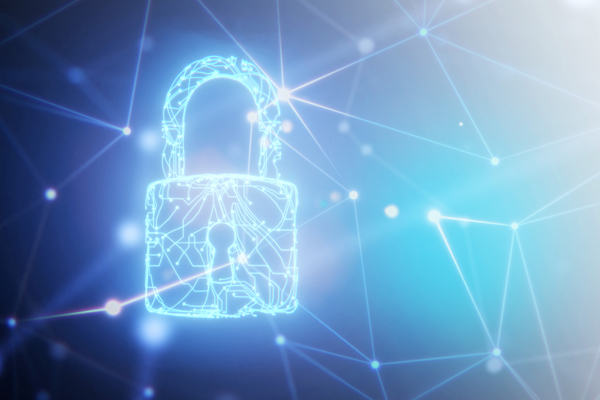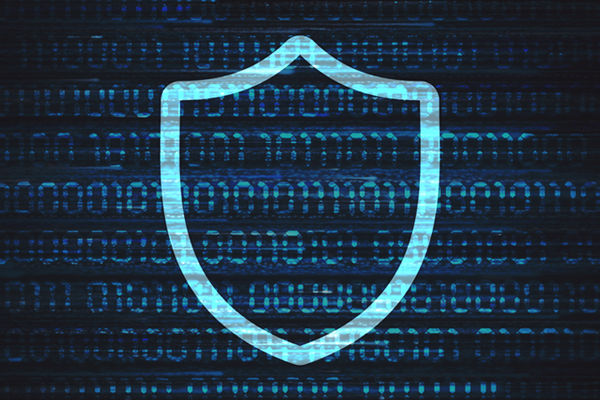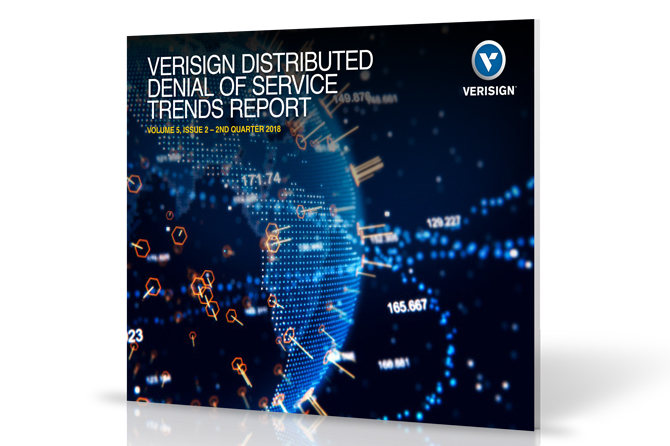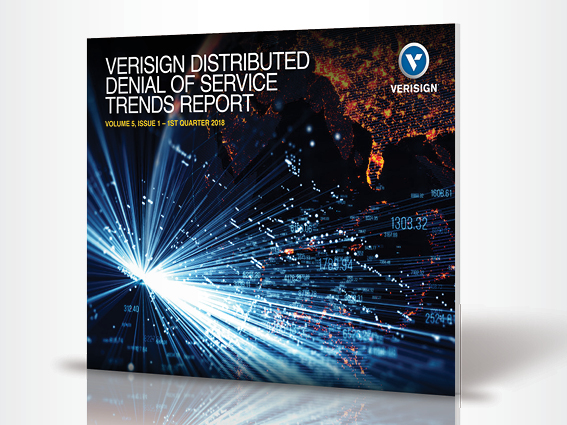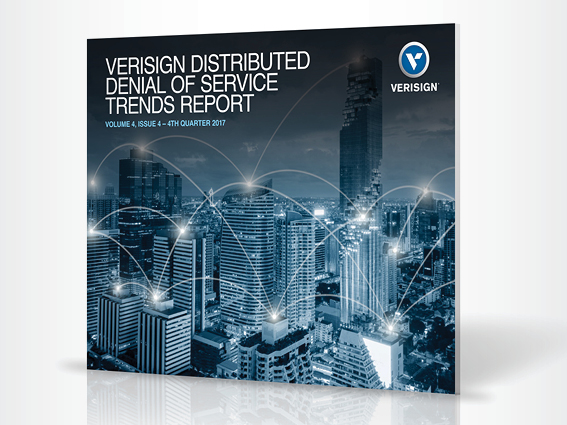Data privacy and security experts tell us that applying the “need to know” principle enhances privacy and security, because it reduces the amount of information potentially disclosed to a service provider — or to other parties — to the minimum the service provider requires to perform a service. This principle is at the heart of qname minimization, a technique described in RFC 7816 that has now achieved significant adoption in the DNS.
(more…)